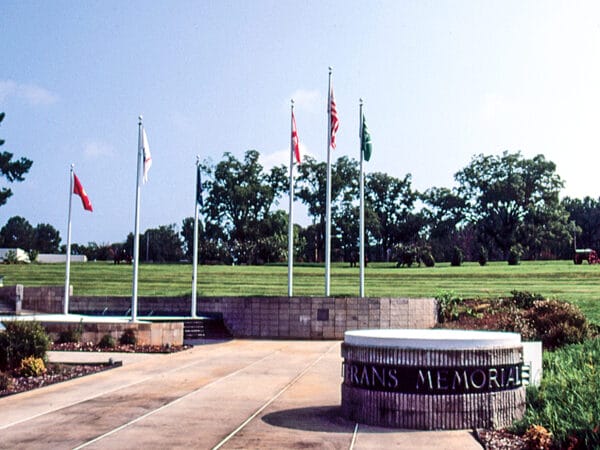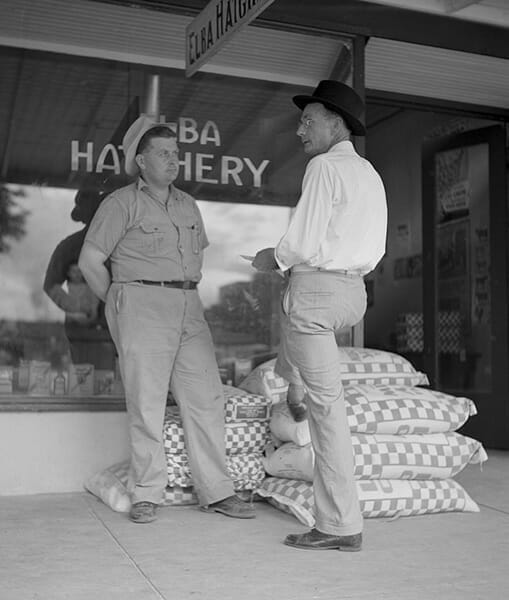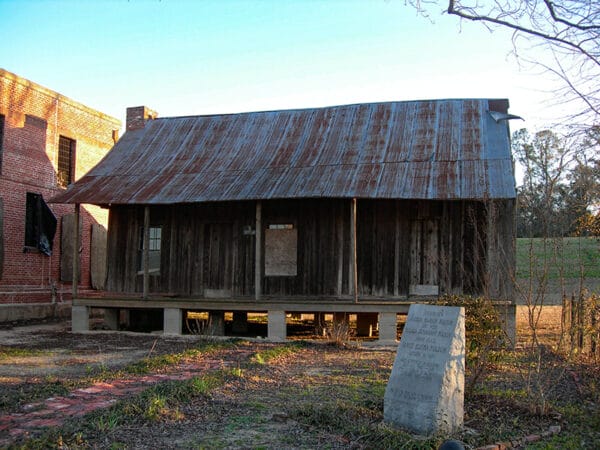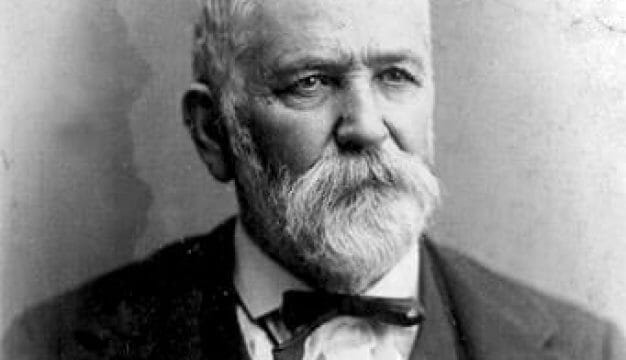Elba
 Elba Veterans Memorial Park
Elba is the county seat of Coffee County; it is located at the juncture of Whitewater Creek and Pea River. Elba has a mayor-council form of government with officials serving four-year terms. Alabama governor James “Big Jim” Folsom, Sherriff James G. “Jim” Clark Jr., who directed attacks against marchers on Bloody Sunday during the civil rights era, and Cornelia Austin Wallace, second wife of Gov. George C. Wallace, were born in Elba.
Elba Veterans Memorial Park
Elba is the county seat of Coffee County; it is located at the juncture of Whitewater Creek and Pea River. Elba has a mayor-council form of government with officials serving four-year terms. Alabama governor James “Big Jim” Folsom, Sherriff James G. “Jim” Clark Jr., who directed attacks against marchers on Bloody Sunday during the civil rights era, and Cornelia Austin Wallace, second wife of Gov. George C. Wallace, were born in Elba.
History
 Elba Hatchery Store, 1941
The town was first known as Bridgeville in the early 1830s after a ferry was built to connect east-west traffic across the Pea River; in 1850 the name was changed to Bentonville in honor of Col. Thomas H. Benton, who fought in the Creek War of 1813-14. On December 8, 1851, citizens agreed to choose a different name; suggested names were placed in a hat and Elba, after the island to which Napoleon Bonaparte was exiled, was the one selected. Elba became the official name in 1852, and it was designated the county seat that same year. The town was incorporated officially on April 13, 1853.
Elba Hatchery Store, 1941
The town was first known as Bridgeville in the early 1830s after a ferry was built to connect east-west traffic across the Pea River; in 1850 the name was changed to Bentonville in honor of Col. Thomas H. Benton, who fought in the Creek War of 1813-14. On December 8, 1851, citizens agreed to choose a different name; suggested names were placed in a hat and Elba, after the island to which Napoleon Bonaparte was exiled, was the one selected. Elba became the official name in 1852, and it was designated the county seat that same year. The town was incorporated officially on April 13, 1853.
Because of its location at the confluence of two rivers, Elba suffered a number of destructive floods during its history. Probably the most devastating flood ever recorded, in terms of dollar cost, was March 17, 1990. The Pea River crested at 48 feet, and a broken levee on Whitewater Creek caused the town to be inundated. The entire town was under water for four days before the levee on the opposite side of town broke, allowing the water to recede. Subsequent serious floods occurred in March 1994 and March 1998. In the early 2000s, the Army Corp of Engineers constructed a new levee complete with adequate flood gates to provide better flood control.
Demographics
According to 2020 Census estimates, Elba recorded a population of 3,874. Of that number, 60.3 percent identified themselves as white, 36.8 percent as African American, 2.7 percent as two or more races, 2.8 percent as Hispanic, and 1.9 percent as Asian, and 0.3 as American Indian. The city’s median household income was $37,124, and per capita income was $19,656.
Employment and Economic Development
According to 2020 Census estimates, the workforce in Elba was divided among the following industrial categories:
- Retail trade (16.4 percent)
- Manufacturing (15.0 percent)
- Educational services, and health care and social assistance (14.8 percent)
- Other services, except public administration (12.5 percent)
- Professional, scientific, management, and administrative and waste management services (11.3 percent)
- Agriculture, forestry, fishing and hunting, and extractive (6.3 percent)
- Arts, entertainment, recreation, and accommodation and food services (6.0 percent)
- Transportation and warehousing and utilities (5.9 percent)
- Public administration (3.8 percent)
- Finance, insurance, and real estate, rental, and leasing (3.2 percent)
- Construction (3.0 percent)
- Information (1.7 percent)
- Wholesale trade (1.7 percent)
Education
Elba City Schools include one elementary school (K-6), one high school (7-12), and a vocational school.
Transportation
U.S. Highway 84 is the main road serving the area. Carl Folsom Municipal Airport has two runways, the longest at 3,400 feet.
Events and Places of Interest
 Gov. James Folsom Sr. Birthplace
The 85-acre Elba Country Club features a nine-hole private golf course. Hawkins-Williams Park has visitors an Olympic-size swimming pool, ball fields, and tennis courts, and additional parks offer many other amenities and activities. The city also maintains a boat ramp to the Pea River and fishing opportunities at the Coffee County Lake.
Gov. James Folsom Sr. Birthplace
The 85-acre Elba Country Club features a nine-hole private golf course. Hawkins-Williams Park has visitors an Olympic-size swimming pool, ball fields, and tennis courts, and additional parks offer many other amenities and activities. The city also maintains a boat ramp to the Pea River and fishing opportunities at the Coffee County Lake.
Additional Resources
Coffee County Heritage Book Committee. The Heritage of Coffee County, Alabama. Clanton, Ala.: Heritage Publishing Consultants, 2002.



